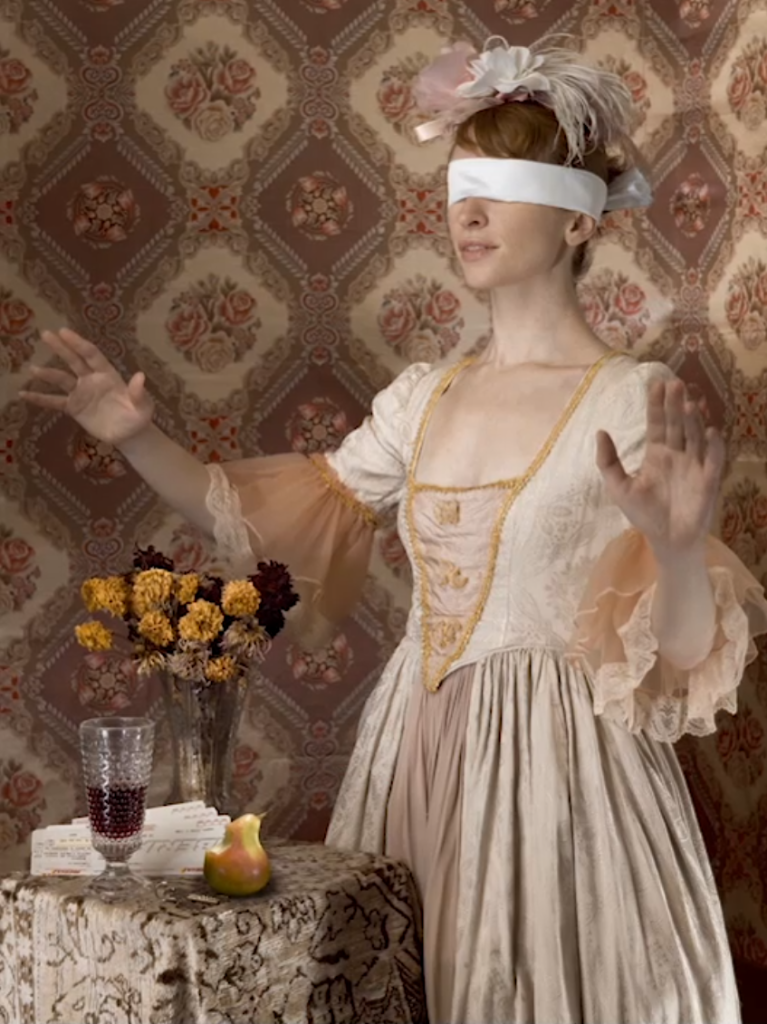The 21st century is becoming the age of the screen. Surfaces all around us are becoming activated. With images. With information. With video. With life.
Screens are no longer just a box to set on a table, plug in, and watch. Screens are a surface. They cover desks, walls, computers, telephones, and walls. They cover areas to convey information about the environment. They cover areas to brand a space, to entertain an audience, to transform a space. Screens immerse us in fabricated, artificial experiences, even outside the movie theatre. Screens transform simple handheld objects into complex media interfaces, such as phones and tablet computers. The capacity for screens and accompanying interfaces to transform objects and environments grows so quickly that this single development vies for one of the most transformative forces in our environment in the 21st century. It is a way to bring the vision of cyberspace, that is, the world of the Internet, into everyday life. The Internet, and audiovisual media in general, becomes an increasingly powerful fixture in our minute-to-minute existence. This would not be possible without screens.
Screens bridge the gap between the invisible signals pulsing inside computers and our human world of sensual experience. And what is fine art if not sensual experience?
Moving painting is an emerging genre of art designed specifically for use on screens. Also called video painting, dynamic painting, ambient painting, and ambient video, this medium exploits the ubiquity and affordability of screens and monitors. Evoking the western tradition of oil painting, these compositions are designed with form, shape, color, and narrative with the added element of time. Unlike traditional video art and film, the works are designed to be utilized daily in a living space. They are displayed on the wall as a traditional painting would be shown using flat screen or projection technology.

Timotheus Tomicek
Moving Painting has been a quietly progressing genre for over one hundred years, in independent film, creative animation, video art, and new media and television installations. Not until the 21st century with the commercial availability of the flat screen and compact high-definition playback and projectors did moving painting become codified as an art form qualitatively different than other art forms displayed on a screen. The form factor of the flat screen allows this medium to be installed in a living space elegantly, blending into most any room. Instead of a large, unsightly cathode ray television heaved into a corner, the flat screen rests unobtrusively in a living space, offering a large, brilliantly colored and brightly lit canvas. Playback technology, ranging from solid-state hardware that plays from hard drives, memory cards, to live video streaming servers, high-definition imagery is possible on these screens with no visible hardware. The illusion of an “electric canvas” is now complete, affordable, and practical. This electric canvas brings together interior design and video playback to pave the way for a new kind of moving image different from film, video, or television: the moving image as fine art.



